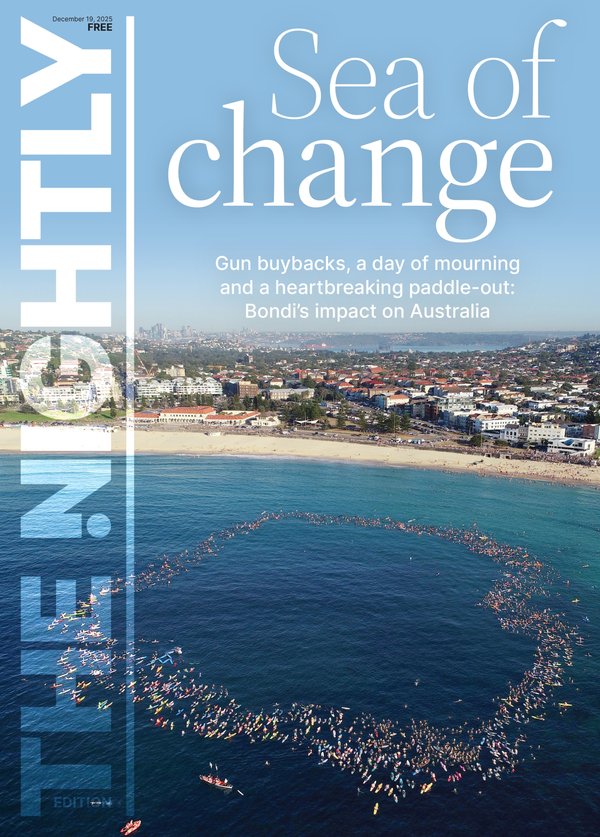Electric vehicle tax incentives: Novated lease numbers surge, scheme boosts Australian sales
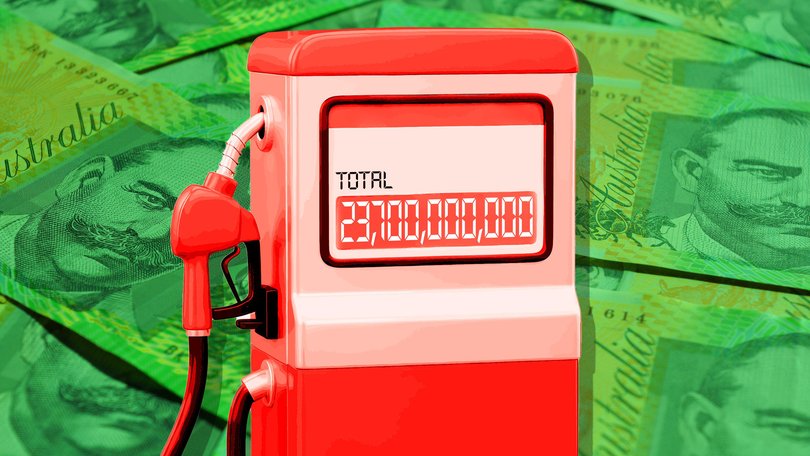
Many Australians only choose electric cars because of generous tax incentives, a salary packaging group says, as the Federal Government comes under political pressure to scale back subsidies projected to cost more than $23 billion over the coming decade.
Working Australians salary sacrificing to drive EVs on novated leases can claim running costs and finance as tax deductions, a policy being reviewed by mid-2027. The number of electric cars bought with tax breaks during the past three years far exceeded Treasury predictions.
The Electric Car Discount policy was meant to cater for 4700 recipients but since Labor’s policy debuted in July 2022, 109,000 EVs have been bought through salary sacrificing.
Sign up to The Nightly's newsletters.
Get the first look at the digital newspaper, curated daily stories and breaking headlines delivered to your inbox.
By continuing you agree to our Terms and Privacy Policy.While fully electric cars only have an 8 per cent market share, novated leases make up 45 per cent of EV sales with 21,000 leaving the showroom on finance in the first six months of 2025.
Rohan Martin, the chief executive of the National Automotive Leasing and Salary Packaging Association, said many Australians wouldn’t otherwise be buying an EV.
“It’s proving critical in terms of incentivising and encouraging people to consider and get into an EV,” he told The Nightly.
“Many of these people wouldn’t be otherwise able to afford the transition to an EV, particularly as EVs are generally, they’re a higher cost to buy.”
Employers providing an EV to a staff member are exempt from having to pay the fringe benefits tax if it is under the $91,387 luxury car tax threshold.
“As awareness of the exemption has grown together with the range and type of electric vehicles available in the market, so has the popularity of a novated leasing as a means to purchase an EV,” Mr Martin said.
The Electric Vehicle Council estimates someone on a novated lease can save $5000 a year on the average cost of an EV based on their employer no longer having to pay the 47 per cent fringe benefits tax on a $60,000 car and passing on that saving to a staff member.
Someone leasing a $53,545 Tesla Model Y made in China could also deduct the $12,698 annual leasing costs from their taxable income to reduce their income tax bill.
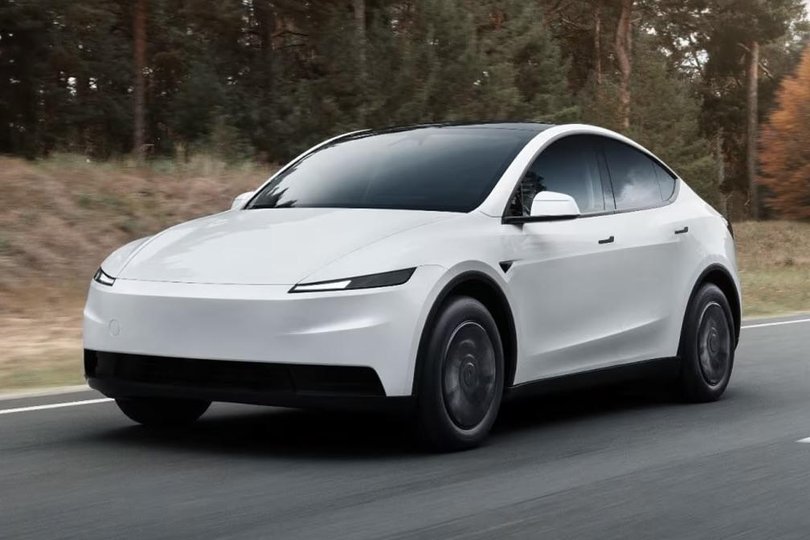
The benefits of novated leases overwhelmingly flow to wealthier recipients, with monthly repayments falling the more someone earns, making it a more attractive option for those earning $200,000 than $100,000.
The fringe benefits tax exemption for plug-in hybrid electric vehicles was axed on April 1 and the Coalition and the Productivity Commission want existing tax breaks for fully electric cars to be scrapped.
Dan Tehan, the shadow minister for energy and emissions reductions, said he hated the fact EV drivers were getting big tax breaks when electric vehicles motorists were already spared from having to pay fuel excise.
“I’m happy to say that I think it’s bollocks. I hate it because these EVs aren’t paying any fuel tax which means we’re missing out on money going into our roads,” he told The Nightly. “We’re going to be collecting even less revenue as a result of this.
“I think it should go because it’s just stupid policy, especially where debt’s heading.”
Mr Tehan, who drives a Toyota LandCruiser four-wheel drive, said he was confident the shadow cabinet would decide to end the policy.
“We think it should be scrapped. I don’t have much confidence in it whatsoever,” he said.
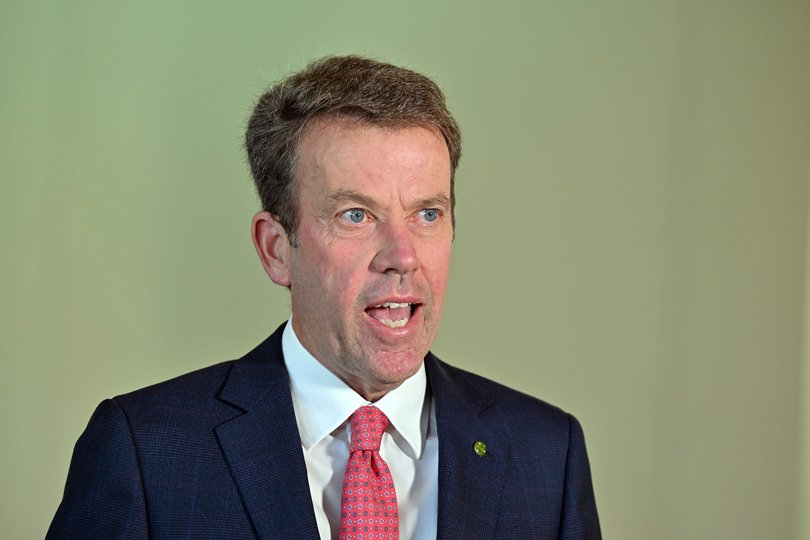
“My view is, yes, this is something that we opposed at the last election and we continue to oppose.”
A Parliamentary Budget Office analysis for the Coalition showed tax breaks for electric vehicles would cost the Budget $23.7 billion in the decade to 2035-36.
The annual costs were expected to soar from $317 million in 2025-26 to $644 million in 2026-27.
“Labor’s EV fringe benefits tax break for electric vehicles will cost the Budget $23 billion over the coming decade with Labor about to rack up a trillion dollars worth of debt,” Mr Tehan said.
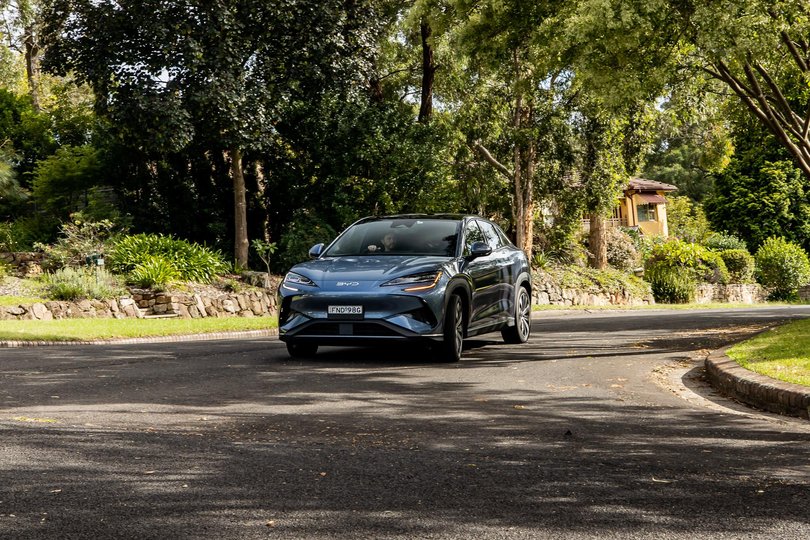
“There are better ways to spend the taxpayers’ money.”
Aman Gaur, the Electric Vehicle Council’s head of legal, policy and advocacy, said Australia would need to have a million EVs and plug-in hybrid EVs on the road by 2027, up from 410,000 now, to meet Australia’s net zero by 2050 climate change target.
The lobby group representing Tesla and Polestar said the market share of EVs and plug-in hybrid EVs would also have to more than double from 12.3 per cent now to 30 per cent in two years.
Labor’s new 2035 climate change target also aims to have EVs make up half of all car sales within a decade.
“We think that you need to have a range of measures in place to help Australia get into EVs,” Mr Gaur told The Nightly.
“We saw that when the fringe benefits tax discount was removed for plug-in hybrids, it had an effect on plug-in hybrid uptake and we think if we project forward, that if you were to remove it altogether, it would hurt Australia’s emission abatement target but it would also hurt middle Australia in terms of accessing vehicles that are cutting their cost of transport.”
The Electric Car Discount policy didn’t have a cap on the number of places, with a spokeswoman for Treasurer Jim Chalmers arguing it was designed to boost demand for EVs.
“Industry data shows our electric car discount is driving uptake in EVs for Australians. The policy is due for review in 2027,” she said.
The Federal Government’s Clean Energy Finance Corporation last year provided $150 million to the Commonwealth Bank to provide cheap EV loans to workers earning less than $100,000 a year, along with police officers, teachers, fire fighters and nurses.
On a $40,000 loan, a 5 per cent interest rate discount over seven years could save customers more than $8000 in interest, the Department of Climate Change, Energy, the Environment and Water said.

